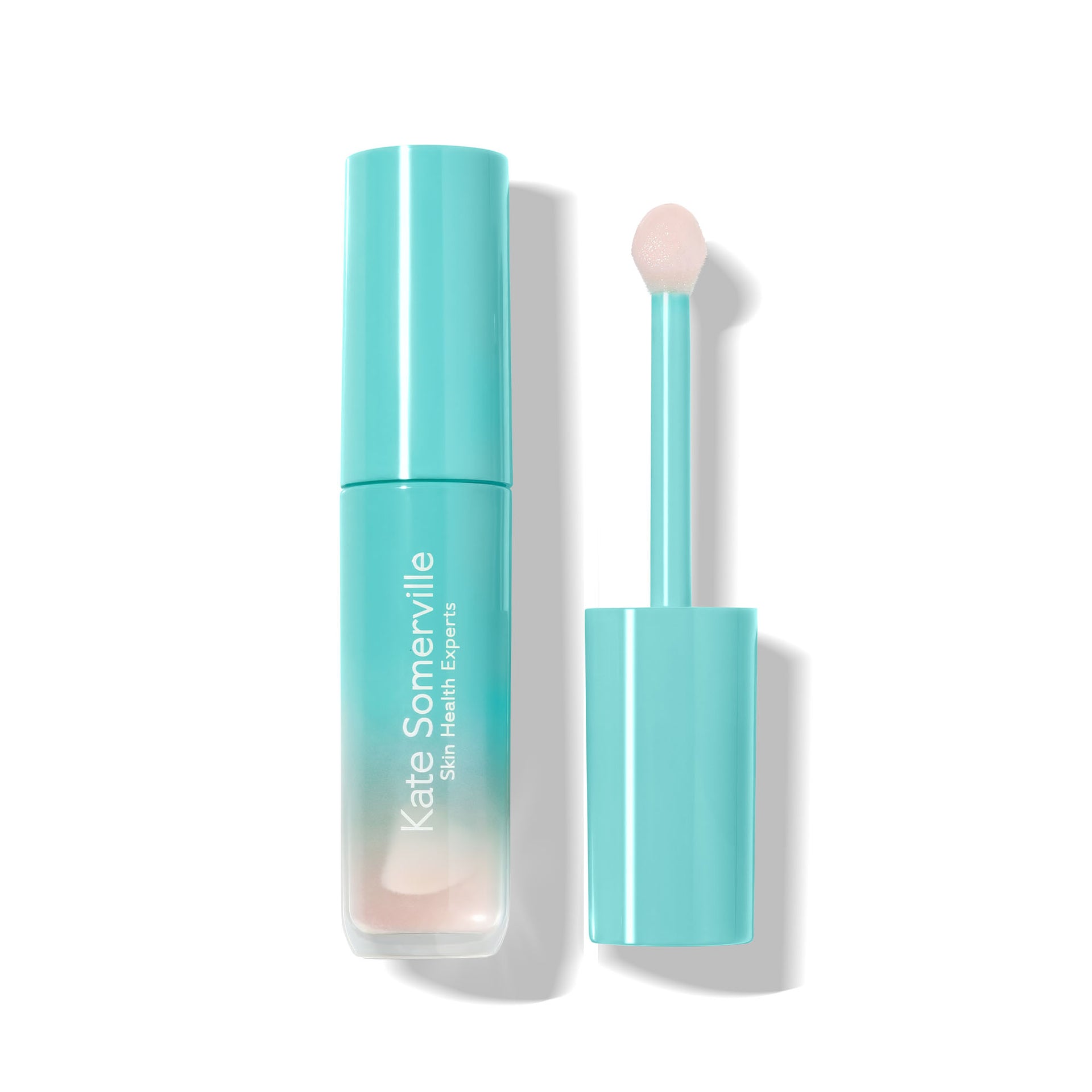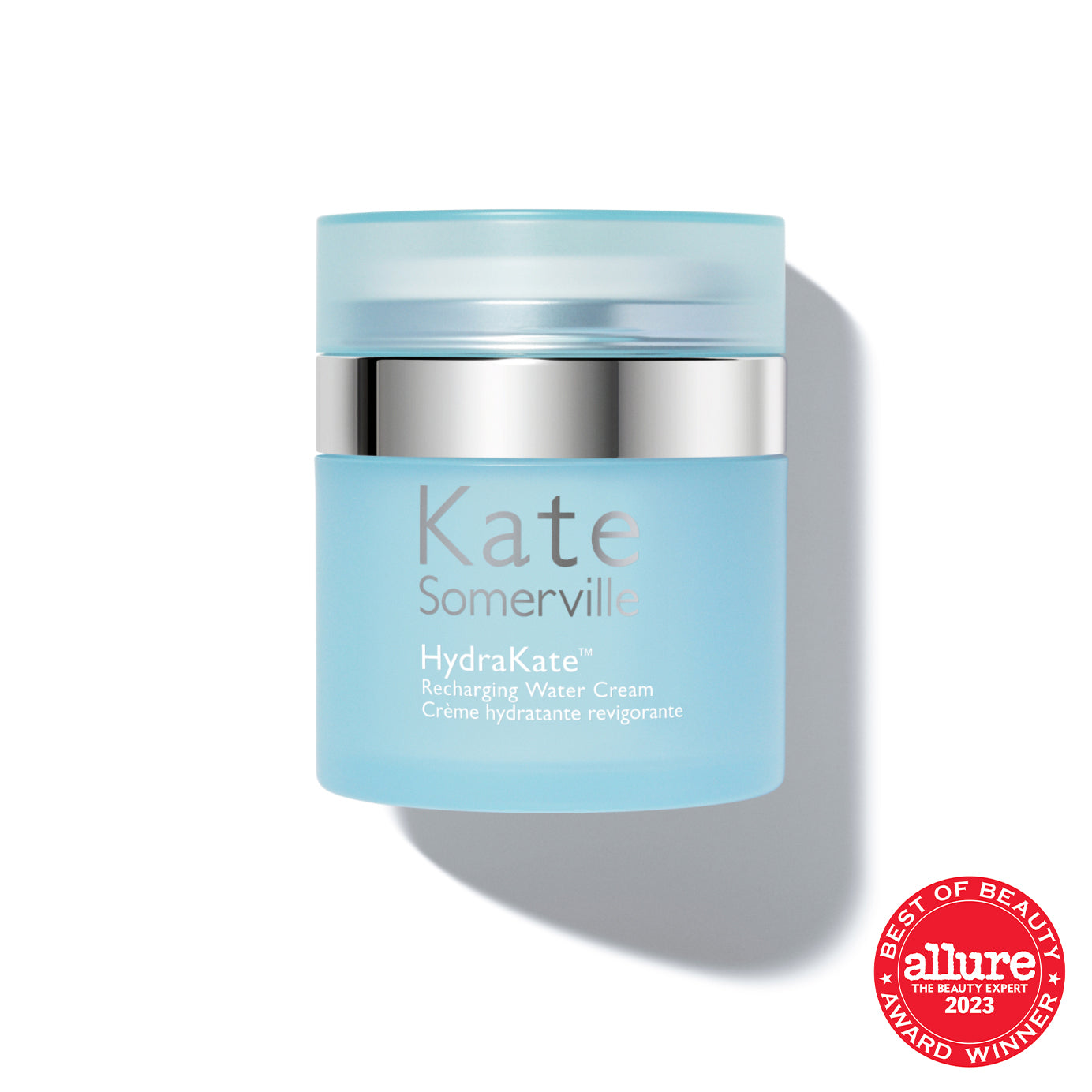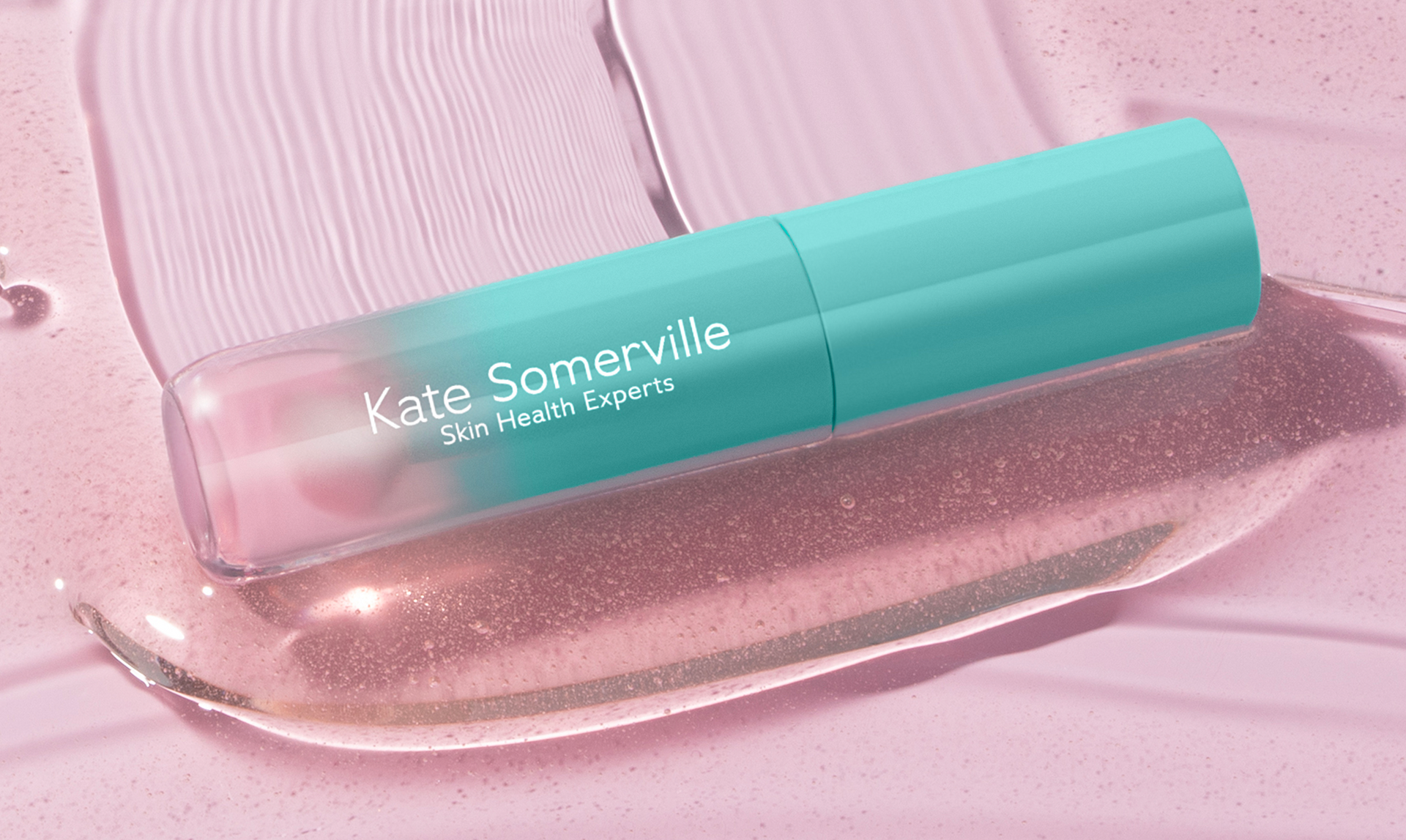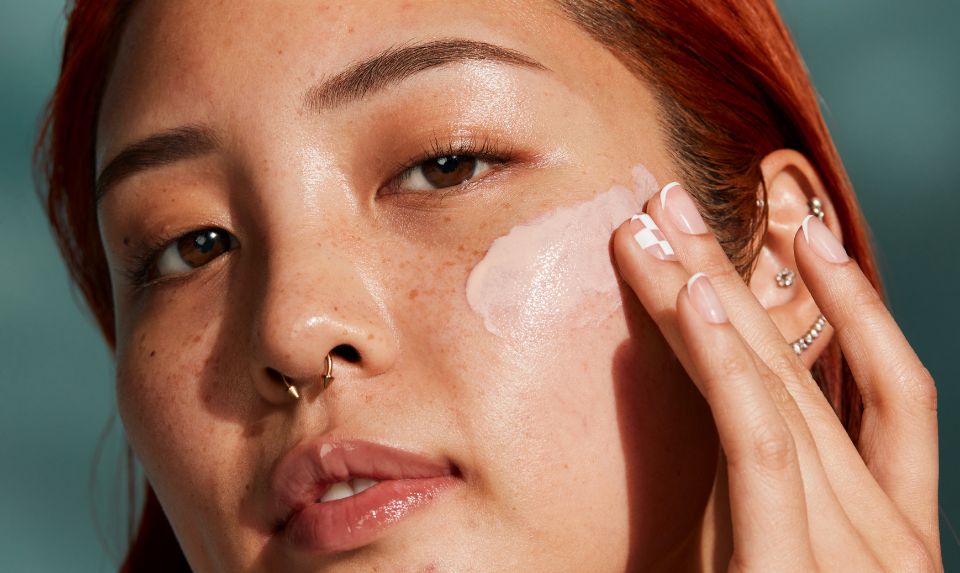Do you suffer from dehydrated skin that never seems to retain enough moisture? Have you searched high and low for a moisturizer powerful enough for your dry face, only to come up empty-handed?
If you answered yes to these questions, our Skin Health Experts at Kate Somerville may have a solution for you—slugging.
What is slugging? You won’t be hitting baseballs or wiggling on the ground like a worm. Slugging is actually a nighttime skincare activity practiced for years and involves using an occlusive, such as petroleum jelly, sealing moisture into your skin while you sleep.
Slugging 101
We know it sounds strange, but the term slugging gets its name from the slime trails left behind by garden slugs. Despite this somewhat unappealing image, slugging can feel incredibly luxurious.
This TikTok trend originated in South Korea as part of the K-Beauty movement, emphasizing natural remedies or healing ointments for glowing skin. Slugging, specifically, may provide significant benefits for those who struggle with sensitive skin or dry, flaky skin, and want to achieve healthy skin.
How to Slug
So how do you slug? You can use several different occlusives for slugging in your skincare routine. Some people dislike the thick, sticky feeling of a petroleum-based product. As such, alternatives include:[1]
- Jojoba oil
- Ceramides
- Squalane oil
You may want to experiment with a few different options to get a feel for what works best for your skin.
Once you’ve decided on an occlusive that leaves you feeling refreshed, you can begin the slugging process:
- Step 1: Clean your skin carefully – The first step is to clean your face. Slugging traps everything on your skin all night long so if you have bacteria, make-up, or any other debris on your face, it can cause clogged pores and oily skin. This may lead to breakouts and/or skin irritation.
- Step 2: Moisturize your skin – This step is also critical. The occlusive doesn’t moisturize your skin, it only seals in the moisture and facial oil that’s already there. Slugging won’t be as effective if you don’t apply at least a thin layer of moisturizer before the occlusion.
- Step 3: Slather on the occlusive – Once your skin is clean and cloaked in your favorite moisturizer, it’s time to slug. Warm the occlusive in your hand for a minute before gently rubbing it over your skin. Give it a few minutes to set on your face before you hop into bed so that it doesn’t wipe off on your pillow and sheets.
Why Does Slugging Work?
An occlusive is typically oil-based. This means when you smooth the ingredient over your skin, it traps in moisture. When moisture is trapped, it absorbs more effectively into your face.
Overnight, your skin can absorb all of that moisture, and you wake up with silky, smooth skin.
Benefits of Slugging
The most significant difference you’ll likely notice before and after slugging is the level of moisture in your skin. Some of the benefits slugging offers your skin include:[2]
- Moisturization – The purpose of slugging is moisturization. It helps seal moisture so that your cream, serum, or lotion can do its job more effectively.
- A healthy glow – When your skin is dry, it loses its luminosity. Dead skin cells can dull your skin’s appearance as well. If you follow the proper steps for slugging and carefully remove dirt and debris before locking in the moisture, you’re left with a healthy, radiant glow.
- Protected skin barrier – Your skin’s moisture helps protect it from environmental distress. It also prevents water from escaping, leading to long-term skin health. Think of your skin’s protective barrier as a shield that works two ways—it keeps moisture in and bad things out.
Slugging Based on Skin Type
Have we piqued your interest in this new TikTok beauty trend? Before you try it, there are a few things you should know. First, slugging is best for people who have dry or normal skin types. Adding occlusives to a skincare routine may help lessen the itchiness and discomfort caused by:[3]
- Eczema
- Chapped skin
- Irritated skin
The intense moisturizing effect of slugging can be a gamechanger for those who struggle with dryness.
However, slugging isn’t a good idea for everyone. If you have oily or combination skin or are prone to frequent breakouts, adding excessive moisture and pore-clogging occlusives may worsen your complexion.
Unlock Your Skin’s Potential with Kate Somerville
Extra dry skin needs some extra TLC, and slugging is one method that may help heal and replenish parched skin. However, slugging doesn’t work for everyone and should be avoided by those who are prone to oiliness or breakouts.
If you’re looking to pamper and repair your skin, Kate Somerville has you covered. We can also help you answer the questions, “what is the best acne treatment?[1] ” and “can you use vitamin c with retinol”[2] .
Our Skin Health Experts are committed to helping our clients achieve their best skin with products like our Delikate® Recovery Cream and Exfolikate® Glow Moisturizer. [LS3]
Schedule a consultation with us today for healthier, glowing skin tomorrow.
Sources:
Michigan State University. Exploring Ingredients - Occlusives and Emollients. https://www.canr.msu.edu/news/exploring-ingredients-occlusives-emollients
PubMed. Moisturization and Skin Barrier Function. https://pubmed.ncbi.nlm.nih.gov/14728698/
PubMed. Role of Topical Emollients and Moisturizers in the Treatment of Dry Skin Barrier Disorders. https://pubmed.ncbi.nlm.nih.gov/14572299/
[1] Michigan State University. Exploring Ingredients - Occlusives and Emollients. https://www.canr.msu.edu/news/exploring-ingredients-occlusives-emollients
[2] PubMed. Moisturization and Skin Barrier Function. https://pubmed.ncbi.nlm.nih.gov/14728698/
[3] PubMed. Role of Topical Emollients and Moisturizers in the Treatment of Dry Skin Barrier Disorders. https://pubmed.ncbi.nlm.nih.gov/14572299/























